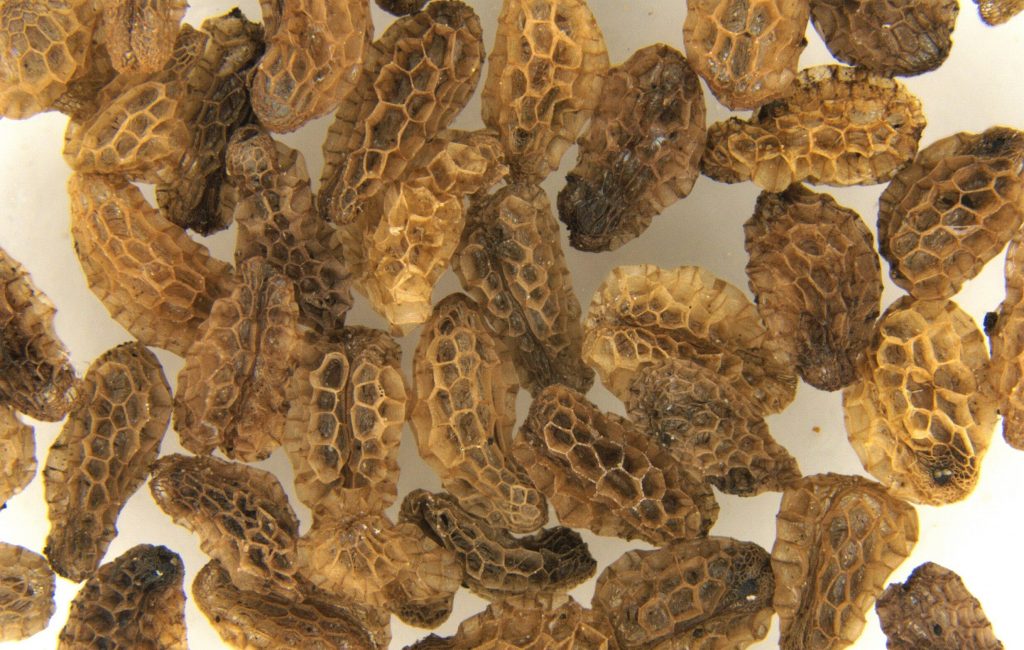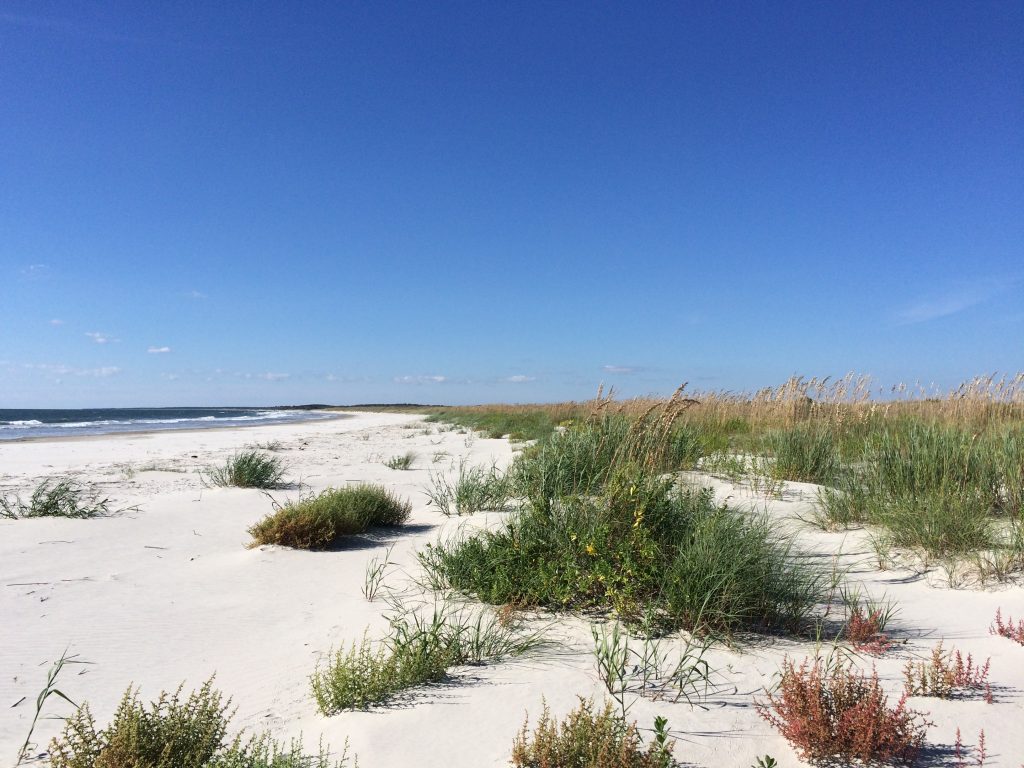
When seed banking alone isn’t enough to secure a rare plant population, practitioners will need to explore other options to increase the number of seed available for restoration. Explore the concept of seed bulking, or seed increase, as a conservation action for populations with few seeds in this lesson originally created for CPC’s Applied Plant […]
Read More…
UC Santa Cruz is germinating Acanthomintha obovata ssp. obovata concurrently with San Diego Zoo Wildlife Alliance to compare seed bulking outcomes across climate regions […]
Read More…
These seeds are from plants of Florida Brickell-bush (Brickellia mosieri), a perennial herb in the Asteraceae. It is endemic to Miami-Dade County where it is only found in the globally imperiled pine rockland ecosystem fragments outside of Everglades National Park. It was federally listed as endangered in 2014 with critical habitat designated in 2015. […]
Read More…
Thysanocarpus conchuliferus is a federally endangered plant that the Santa Barbara Botanic Garden is growing to produce seeds for restoration efforts on Santa Cruz Island. […]
Read More…
Growing island Phacelia for seed increase in pollinator exclusion tents at the Santa Barbara Botanic Garden […]
Read More…
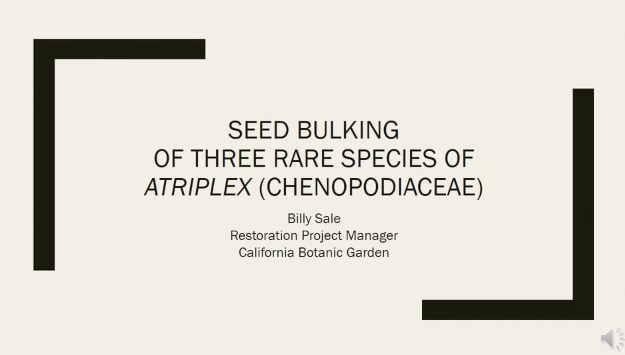
Billy Sale, California Botanic Garden California Botanic Garden (CalBG) is in the process of seed bulking three rare species of Atriplex from populations originating in southern California. Atriplex coronata var. notatior (G4T1), Atriplex parishii (G2G3) and Atriplex serenana var. davidsonii (G5T1). To better inform the project, propagation trials were performed prior to seed bulking in order to examine germination pretreatments. Gibberellic acid was identified as the most […]
Read More…
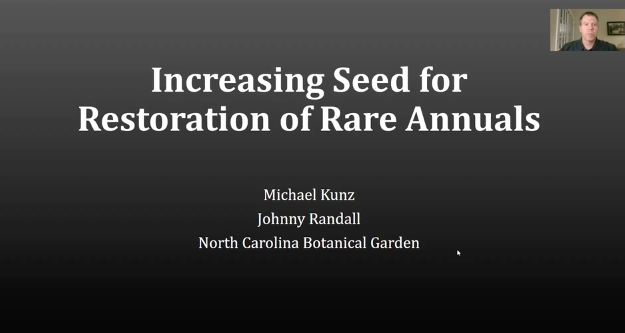
Michael Kunz, North Carolina Botanical Garden Populations of rare plants can fail to produce enough, or any, seed to support reintroduction efforts. This is particularly true for rapidly declining or recently extirpated species or populations. One solution to this problem is to increase the number of seeds through ex situ propagation and seed collection. Amaranthus pumilus is a federally endangered […]
Read More…
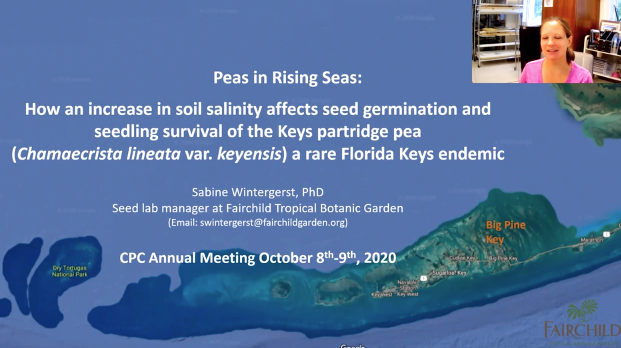
Sabine Wintergerst, Fairchild Tropical Botanic Garden The only known remaining populations of the Keys partridge pea (Chamaecrista lineata var. keyensis) are found within the imperiled pine rockland habitat on two islands of the Florida Keys. Like other low-lying islands, the Florida Keys are especially threatened by sea level rise. As a consequence, soil salinity levels will […]
Read More…

